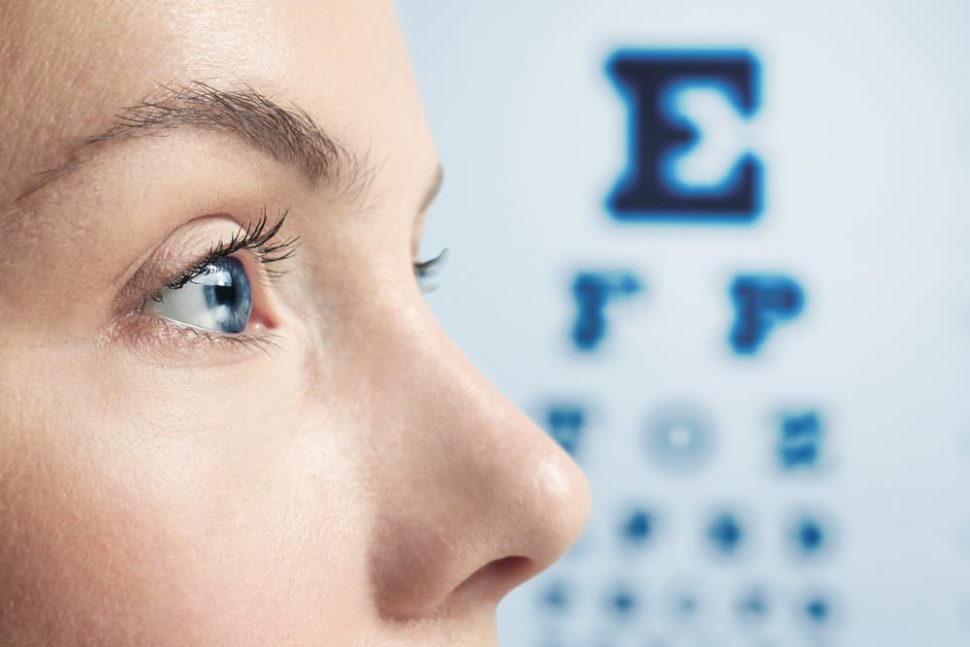For the first time, scientists from the United Kingdom manage to successfully 3D-print human corneas.
Human corneas play an essential role when it comes to vision focus. However, there has been a significant shortage of corneas available for transplant in recent years. In fact, over 10 million people worldwide are in need of eye surgery to prevent potential corneal blindness.
On top of that figure, around five million people are suffering from complete blindness due to corneal scarring commonly caused by lacerations, burns, diseases, and abrasions.
However, a team of researchers may have developed a potential solution to the problem. In a study published in the journal Experimental Eye Research, the scientists reported how they used stem cells from a healthy cornea donor and mixed them with alginate and collagen to create a printable solution known as “bio-ink“.
The researchers then utilized a low-cost 3D bio-printer to 3D print the first human corneas. The process reportedly took the researchers less than 10 minutes to accomplish.
“Many teams across the world have been chasing the ideal bio-ink to make this process feasible. Our unique gel — a combination of alginate and collagen — keeps the stem cells alive while producing a material which is stiff enough to hold its shape but soft enough to be squeezed out the nozzle of a 3D printer,” Che Connon, a professor of Tissue Engineering at Newcastle University, said.
Read More: Artificial Eye Created Using Metalens Tech and Synthetic Muscle
“This builds upon our previous work in which we kept cells alive for weeks at room temperature within a similar hydrogel. Now we have a ready to use bio-ink containing stem cells allowing users to start printing tissues without having to worry about growing the cells separately.”
Aside from 3D printing human corneas, the researchers also demonstrated that they could create a cornea that matches a patient’s particular spectrum. They do this by taking the dimensions of the actual cornea through scanning.
However, despite the success of their first attempt, the researchers firmly stated that their study requires further testing and might still take years before it could be used in real corneal transplants.



















Comments (0)
Most Recent